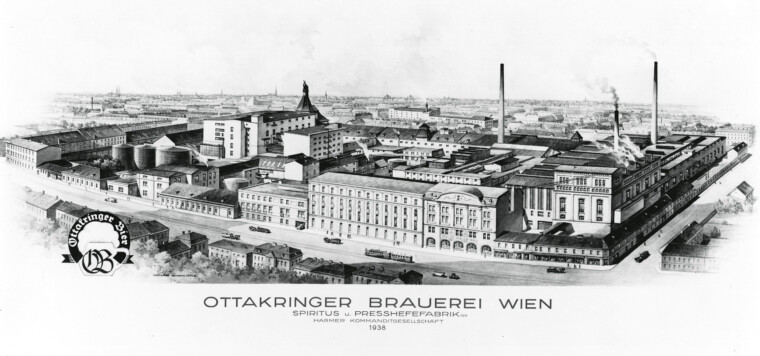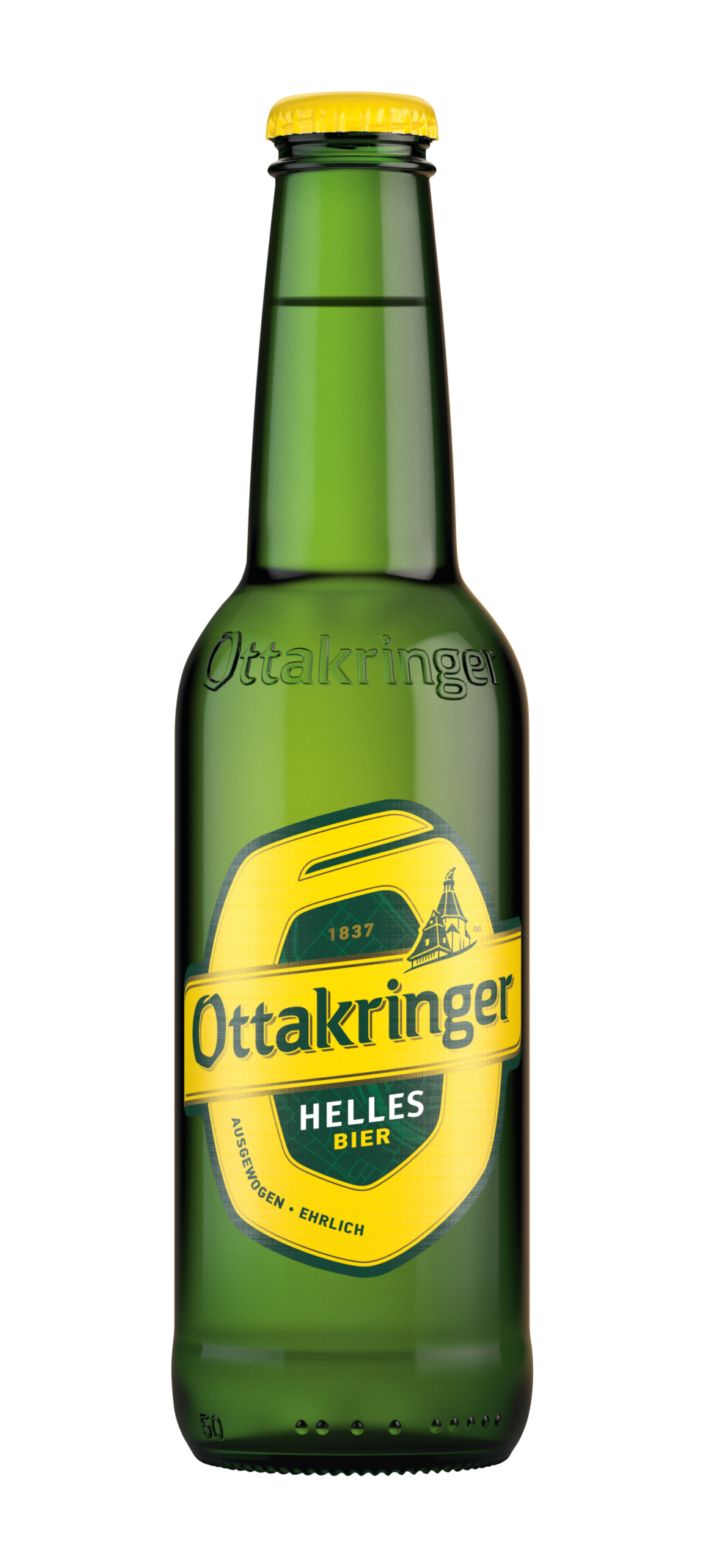

About
Ottakringer
Revolution, stock market flotation & brave innovation – there is much to tell about the Ottakringer brewery. Have a look for yourself!
Learn more



































1837
1850
1867
1882
1891
1892
1905
1908
1918
1930
1933
1938
1941
1945
1949
1962
1967
1977
1984
1986
1989
1991
1997
2000
2003
2005
2007
2008
2009
2012
2013
2014
2015
2016
2017

Figures
Today, the Ottakringer Brewery employs around 180 people, brews 420,000 hectolitres of beer annually and achieved a turnover of around 60 million euros in 2021. But we don’t just produce beer: Thanks to our unique event locations on the brewery grounds, we have also become an integral and indispensable part of Viennese city life.
~ 250K
guests per year in our Eventlocation
5K+
supported Events per year.
~ 6%
Marketshare in Austria
118M
Well for our brewing water
15+
different Beers
Ottakringer Brewery
Facts
Family owned Business
Multiple international Beer Awards
Unique Eventlocation in the Heart of Vienna
The Ottakringer BrauWerk as our own Craft Beer Brewery
First Brewery in Austria with the AMA seal of quality
Brewery Shop with delivery Service in Vienna

